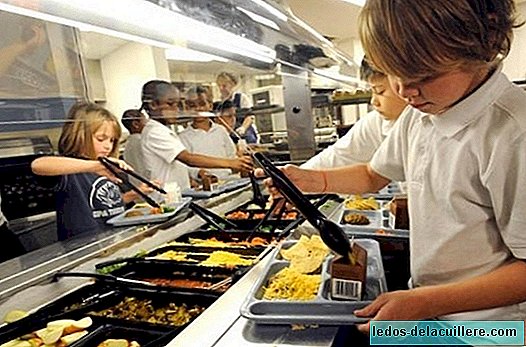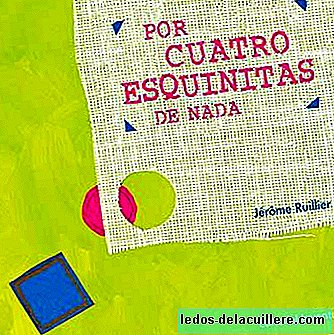When an educational institution that should protect children turns against them, there is something that is working very badly. In some schools in the United States, the inequality It is noted every day at lunchtime.
Children whose parents have not paid for school meals are embarrassed in public or punished with cleaning the tables in front of their peers. Or worse, they run out of eating. In some cases, hot food is thrown away instead of given to students who do not have money to pay for it. Instead, they are given a glass of milk, fruit or a snack. It is what is known as "lunch shaming" or lunch of shame.
Embarrassed children
In Alabama, a third-grade boy came home with a message for his parents stamped on his arm with the caption "I Need Lunch Money" ("I need money for lunch"). In schools, children have a credit system with electronic cards for the cafeteria. When the funds are about to run out, an email or a note is sent to the parents notifying them.
In this case, they chose to put a stamp on his arm, as if he were won, and that his teammates obviously saw. The parents were outraged. They said that in this way "children are intimidated and ashamed." The boy did not return to school the few days left of class to finish the course.
Children are left unprotected and are stigmatized by something they can't solve. An unacceptable practice and much criticized by anti-hunger activists.
Solidarity teachers and students
 No child should be forced to clean the cafeteria tables or throw away a meal because of a debt.
No child should be forced to clean the cafeteria tables or throw away a meal because of a debt.Schools are not just places to learn math or history. The importance of healthy eating at school is key to the good performance of children in the classroom.
When the authorities do not take measures to end these inequalities, the solutions usually come from those who are closer. In this case, from the hand of the colleagues and teachers themselves. Some children invite lunch to their classmates or bring extra food from home to share with their friends. Some teachers do the same seeing that it is the only solution they have in their hands so that their students eat properly.
A professor at Silicon Valley commented to the New York Times: “When I realized that I had a hungry student in my class, I only had one solution. My husband prepares me a full breakfast every day and I asked him to double or triple the portion of what he would usually eat. "
A mother from Albuquerque has been preparing two lunches daily for her son Dylan to invite a partner who only carried one piece of fruit.
Even cafeteria staff tries to help with whatever they can. After the cashier who put money out of his own pocket for the children to eat hot died, an anonymous donor paid the lunch debt of 158 students from a school in Port Clinton (Ohio).
New Mexico just banned it
Although the laws did not allow it, they did not pursue it. New Mexico is the first state to create a law to ban it. Last Thursday, Governor Susana Martínez signed the document “Hunger-Free Students' Bill of Rights” (which would become a Declaration of Rights of the Hungerless Students of New Mexico), so that schools work together with parents to pay their debts or accept federal food assistance.
The measures will be applied in all public and private schools that receive state subsidies for breakfast and lunch.
The food insecurity It doesn't just happen in New Mexico. According to the School Nutrition Association, more than three quarters of the school districts had unpaid parent debts at the end of the last school year. In a survey conducted by the association, districts reported an average debt of a few thousand dollars, but some reached 4.7 million dollars.
Via | The New York Times
In Babies and more | Do we know what children eat at school? Eating at school: what should we expect from school canteens?












